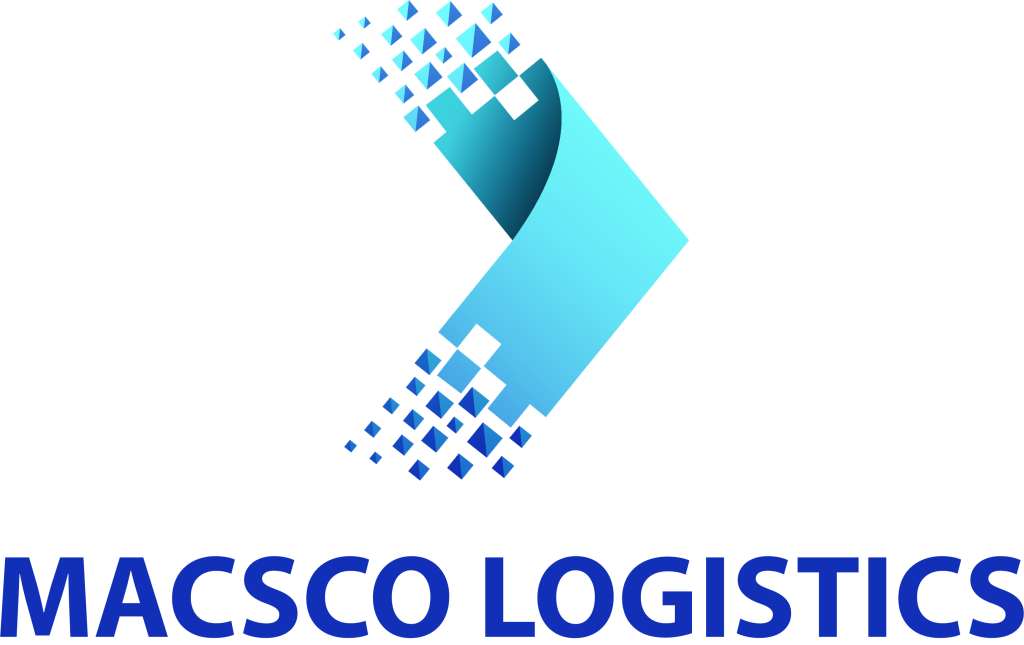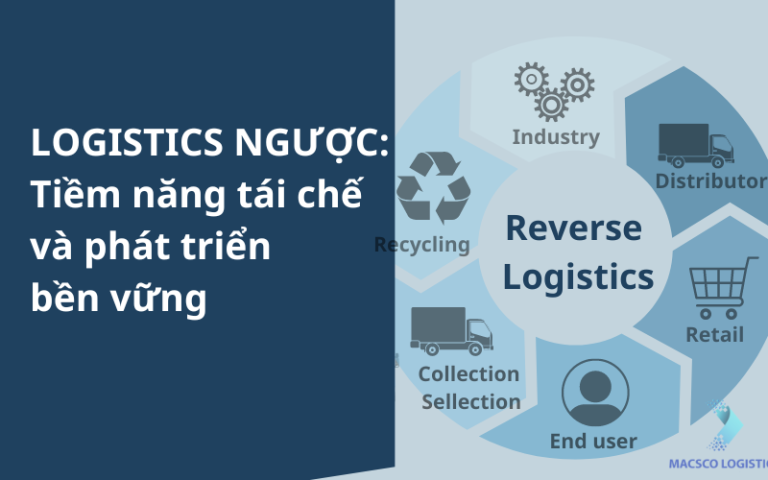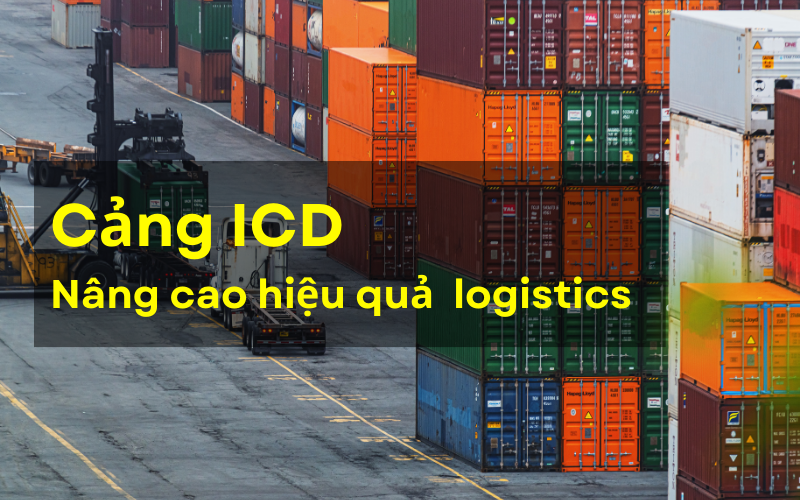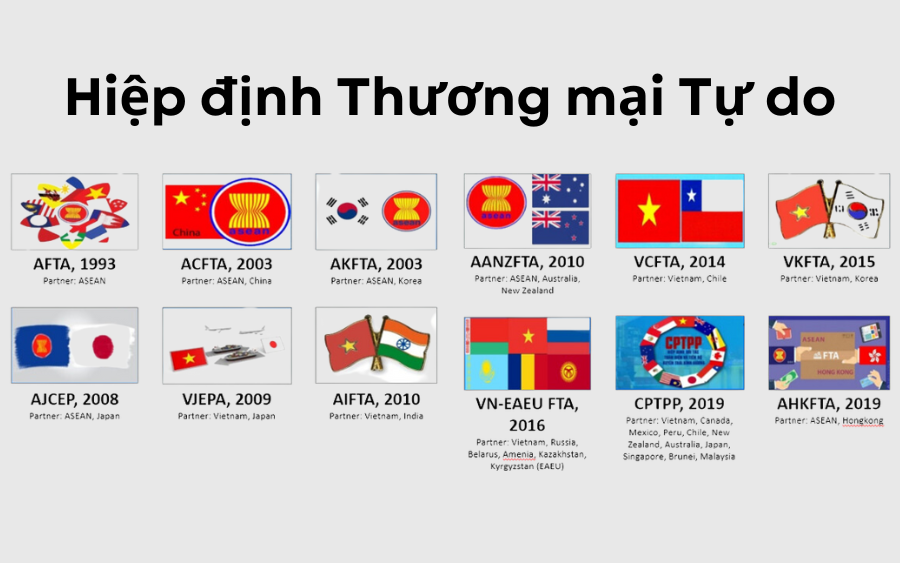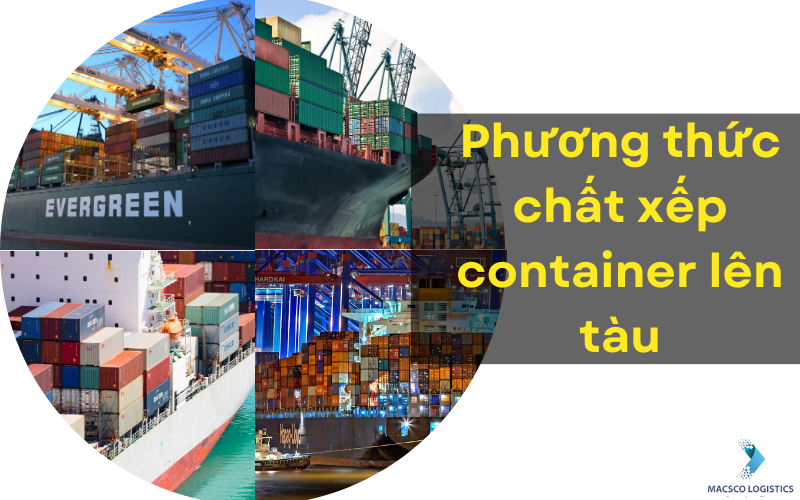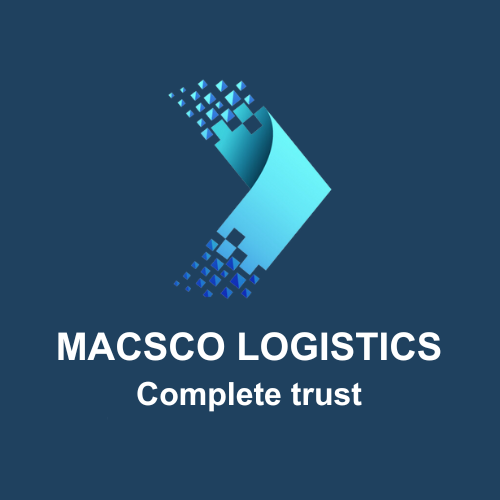Reverse Logistics: Leveraging the Potential of Recycling and Sustainable Development
In today's world, the concept of logistics is no longer simply transporting goods from origin to destination. In contrast, supply chain management has opened up another important aspect, called “reverse logistics” or “reverse logistics”. Reverse logistics is the process of managing, coordinating and optimizing related activities the collection, reuse, recycling and disposal of used or damaged goods.
1.From Problem to Opportunity
With climate change and depleted natural resources, reverse logistics is becoming an important part of building a sustainable business model. Instead of simply throwing away used products, businesses today are looking to get the most value out of these products through reuse, recycling or proper disposal. This not only helps reduce waste, but also saves resources and reduces greenhouse gases.
2.Reverse Logistics Process
The reverse logistics process can include the following main steps:
- Collection and Recovery: Used or damaged goods are collected from consumers or return points. This requires an efficient collection system and even cooperation with customers to collect old goods.
- Inspection and Processing: Goods are inspected to determine whether they can be repaired, reused, or need to be recycled. This process requires expert product knowledge and sound judgment.
- Reuse and Recycle: Goods can be repaired and reused, or recycled into raw materials to produce new products. This contributes to reducing the amount of new products produced and resources are saved.
- Final Disposal: For products that cannot be reused or recycled, final disposal must be carried out in a regulated manner to ensure the lowest possible environmental impact.
Take the cell phone recycling process as an example. When a user decides to change to a new phone and get rid of the old one, the reverse logistics process begins.
Step 1: Users will exchange their old phones through the manufacturer's or retailer's exchange or return program.
Step 2: The old phone will then be collected at stores or collection points. Once collected, the old phone will be inspected to determine its condition.
Step 3: Components can be evaluated for reuse. Old phones can be separated into different components such as screen, battery, board, and case.
Step 4: Components that are intact and in good working order can be reused to repair other devices or produce recycled phones.
Step 5: Components that cannot be reused or recycled can be final disposed of in a safe and regulated manner. This ensures that there is no negative impact on the environment.
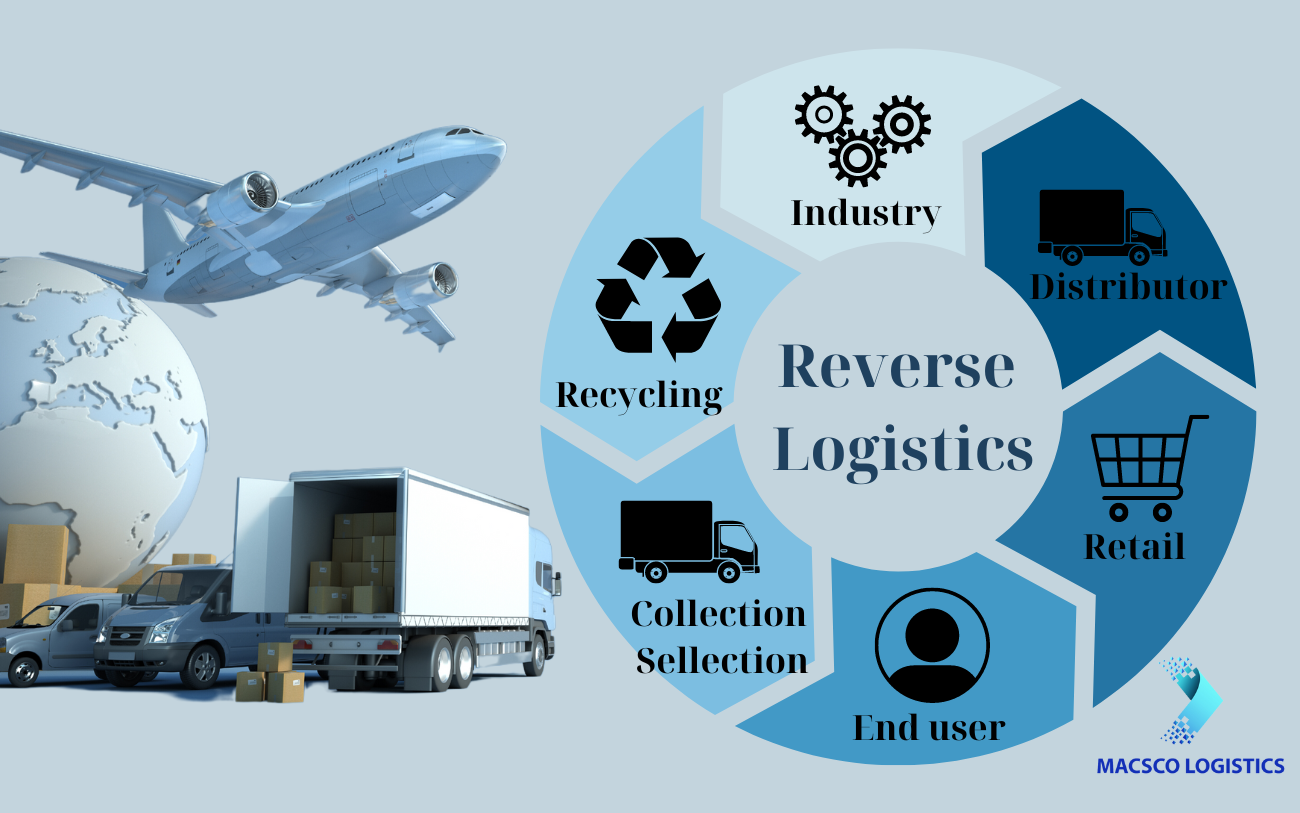
3.Benefits and Challenges
Reverse logistics not only brings environmental benefits but also helps businesses save on production and transportation costs.
However, implementing reverse logistics also poses challenges, including the ability to collect sufficient quantities of used goods, the ability to inspect and reuse them effectively, as well as complying with regulatory requirements. environmental regulations.
4. Conclusion
Reverse logistics is becoming an important part of sustainable business strategies, contributing to minimizing environmental impact and maximizing value from used goods. Implementing reverse logistics requires cooperation between supply chain parties and a commitment to sustainability goals.
Above are some shares about reverse logistics. If you have questions that need answering or need to transport import and export goods, please contact Macsco Logistics immediately with a team of many years of experience for the fastest and most accurate support.For further information and questions, please contact:
MACSCO LOGISTICS LIMITED
Address: 64 Nguyen Dinh Chieu, Da Kao Ward, District 1, Ho Chi Minh City, Vietnam
Phone: (84 28) 6270 6576
Email: anna@macsclogistics.com
Website: https://macscologistics.com
